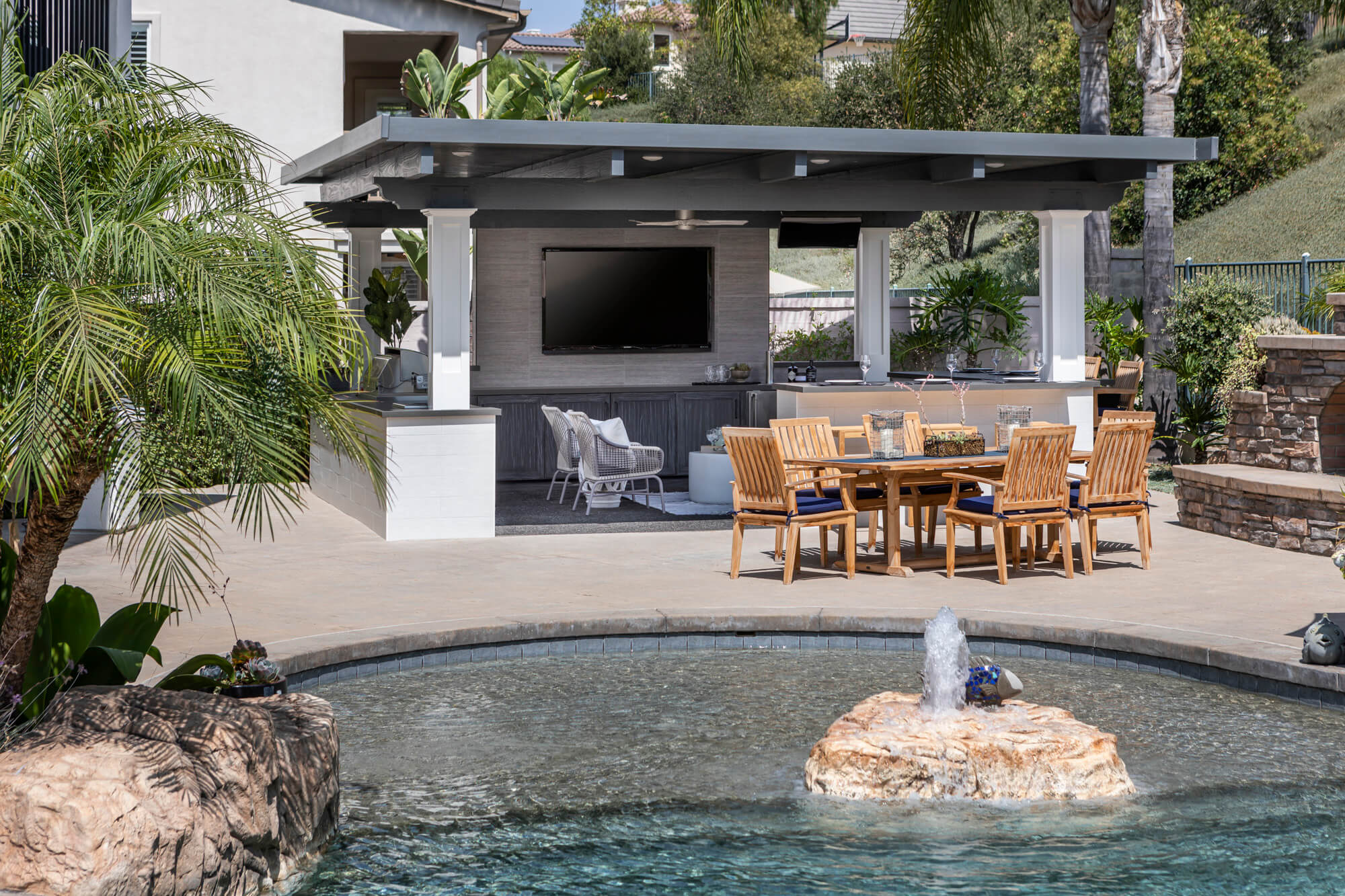
Renovating a bathroom can be an exciting project, transforming one of the most essential spaces in your home into a luxurious retreat. However, it’s also a major undertaking that involves careful planning, time, and effort. Understanding the process and what to expect at each stage can help alleviate stress and ensure a smoother experience. In this guide, we’ll walk you through the step-by-step process of a bathroom renovation, from the initial planning to the final touches.
1. Planning and Budgeting
Before any physical work begins, the first and most crucial step is planning. This stage sets the tone for the entire renovation and determines what you can achieve within your budget.
Define Your Goals: Start by identifying what you want to achieve. Are you looking to create a spa-like retreat, update outdated fixtures, or improve functionality? Knowing your goals will help you determine the scope of the renovation.
Create a Budget: Renovations can quickly become costly, so setting a realistic budget is essential. Consider all costs, including materials, labor, permits, and unexpected expenses. It’s wise to set aside a contingency fund for unforeseen issues, such as water damage or plumbing problems that may arise during demolition.
Choose a Design: Decide on a design style that complements the rest of your home. Whether you opt for a modern, minimalist look or a classic, vintage vibe, your design will guide your selection of materials, fixtures, and finishes.
Hire a Contractor: A reliable contractor is essential for a successful renovation. Take the time to research and hire a licensed professional who has experience with bathroom renovations. Obtain quotes from multiple contractors, check their references, and ensure they have the necessary licenses and insurance.
2. Demolition and Preparation
Once the planning is complete, it’s time to begin the demolition process. This stage can be messy and loud, but it’s an essential part of clearing the space for the new layout.
Clearing the Space: If your renovation involves removing old fixtures, tiles, or cabinetry, expect to see a lot of debris. Contractors will remove the old items carefully, but it’s a good idea to prepare by covering other areas of your home with plastic sheeting to minimize dust.
Plumbing and Electrical Inspection: Before the new bathroom features are installed, the plumbing and electrical systems may need to be checked. This is especially true if you plan to move or install new plumbing fixtures. A licensed plumber or electrician will assess the current systems and make necessary adjustments to accommodate your new layout.
Structural Modifications: Depending on the extent of your renovation, there may be structural changes required, such as moving walls or adjusting the framing. This step could add time and cost to the project, so it’s important to discuss potential structural modifications with your contractor beforehand.
3. Installation of New Systems
With the old materials and systems removed, the next phase involves the installation of new systems and essential components.
Plumbing: If you’re relocating fixtures or upgrading the plumbing system, the plumber will install new pipes, faucets, and drains. This stage may take a few days, depending on the complexity of the plumbing work.
Electrical Work: If you’re adding new lighting, outlets, or electrical features like heated floors, electricians will install the necessary wiring. It’s also common for bathroom renovations to include the addition of exhaust fans to improve ventilation.
Drywall and Waterproofing: After the plumbing and electrical systems are in place, drywall will be installed. Bathrooms are high-moisture areas, so it’s important to use water-resistant materials. Waterproofing treatments will be applied to the floors, walls, and around fixtures like showers and bathtubs to prevent water damage.
4. Tiling and Flooring
One of the most noticeable parts of a bathroom renovation is the flooring and tiling. Whether you choose classic ceramic tiles, sleek marble, or water-resistant vinyl, this step requires a great deal of attention to detail.
Floor Installation: If you’re installing new flooring, this step usually follows the drywall work. Depending on the material, flooring installation can take anywhere from a day to several days. Tiles, for example, need to be placed, set, and grouted before they are fully functional.
Wall Tiling: Tiling the shower or tub area is another significant part of the renovation. Depending on the size and complexity of the area, this can take a few days. It’s important that the tiles are placed correctly to ensure that water doesn’t seep into the walls and cause damage.
Grouting and Sealing: Once the tiles are in place, grout will be applied to seal the spaces between them. This process can take a few days as the grout needs time to set and cure. Afterward, the tiles will be sealed to prevent moisture from seeping into the grout.
5. Installing Fixtures and Features
Now that the essential systems are in place and the room is tiled, it’s time to add the finishing touches with fixtures and features.
Cabinets and Storage: New cabinets or vanity units will be installed, offering a fresh look and better storage options. Choose materials that complement the overall design, ensuring that everything from color to texture matches.
Plumbing Fixtures: This includes the installation of the sink, shower, bathtub, toilet, and any additional fixtures like bidets or water-saving devices. Be sure that each fixture is correctly installed and tested for functionality.
Lighting and Mirrors: Bathroom lighting is crucial for both aesthetics and functionality. Install task lighting above mirrors or vanity areas, as well as ambient lighting for overall illumination. Don’t forget to add mirrors, which are not only practical but also help enhance the space.
6. Finishing Touches
Once all the major installations are complete, it’s time to focus on the finishing touches that make your bathroom feel like a personalized space.
Painting and Touch-ups: If needed, the walls and trim will be painted. This is typically done after the installation of fixtures to avoid any paint splatters. Touch up any areas that may have been scuffed or damaged during the renovation process.
Decorating: Add final decorative elements such as shower curtains, towels, rugs, and accessories. These little details can elevate the design of your new bathroom and help tie the space together.
Cleaning: Before using your newly renovated bathroom, a thorough cleaning is necessary. Contractors typically clean the space after they finish, but it’s always good to give it an additional cleaning to remove any dust, debris, or construction residue.
7. Final Inspection
Before considering the renovation complete, a final inspection should be conducted to ensure that everything is up to code and working properly. This includes checking the plumbing and electrical systems, ensuring proper ventilation, and confirming that all materials are properly sealed to prevent water damage.
LAR Construction & Remodeling: Where Your Vision Becomes Reality
LAR Construction & Remodeling is proud to serve Orange County, CA, with premier home renovation services. Whether you’re looking for a modern kitchen, a luxurious bathroom, or a complete home overhaul, our team works diligently to bring your vision to life. We specialize in delivering high-quality craftsmanship and a seamless remodeling experience, ensuring that your home exceeds your expectations. To start your renovation journey, visit larconstructionandremodeling.com or contact us at 888-527-7545.





